One automated worm farm in Germany to breed and grow worms includes machines to continuously lift, transport, release, stack, drill, and spray giant red worms called dendrobena. Duren-based SUPERWURM uses robots and automated guided vehicles (AGVs) until the worms are ready for sale to fishermen, as food for animals, and as natural fertilizer for gardens and greenhouses.
Now, SUPERWURM founder Martin Langhoff has a new business called RobCoTec aimed at marketing the automation products he originally developed for SUPERWURM.
“Small businesses need to affordable production and warehousing automation to keep pace with big businesses. Their machines must operate reliably and for a long time.”
Wear-resistant and maintenance-free igus parts are core to the new RobCoTec offerings.
Langhoff was originally inspired to start his giant-redworm business based on his son’s curiosity about worms in general — and discovered igus products while seeking components for his first self-built machine. Feeding and watering processes had to be automated, and parts needed to work even when subject to dirt, soil, and moisture. Plus they had to work without lubrication — to prevent worms and soil contamination. First Langhoff purchased drylin quad-block carriages (with solid plastic bearings) to ride twin parallel shafts on one machine. Then he purchased igus E4 e-chains to keep its water and power cables organized.
AGVs take earth and worm-filled containers in batches from the warehouse to a feeding and watering installation. Twin synchronously driven drylin ZLW toothed-belt axes (including gantry center drive) pull container stacks onto the AGV. The belt drives include stepper motors that move containers to 265 lb. E6 e-chain guides the cables to prevent cables from being crushed. The lightweight system requires little power to operate and is resistant to shock and dirt.
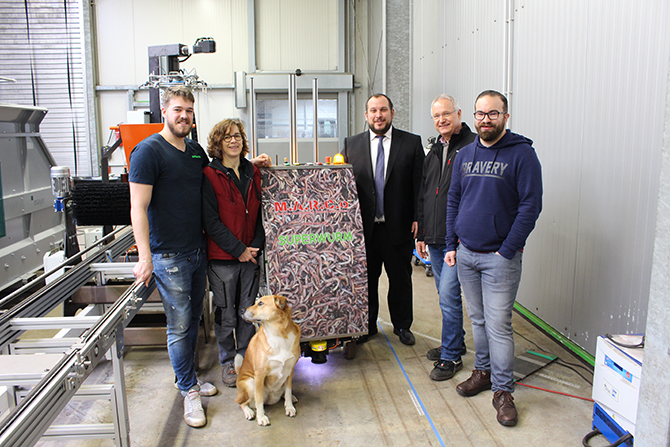

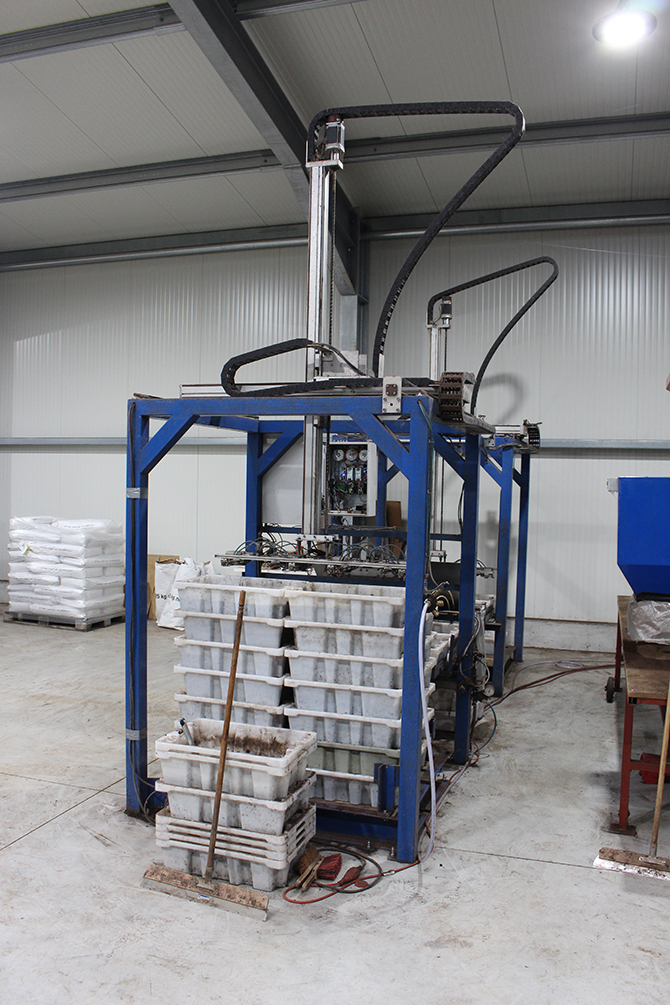

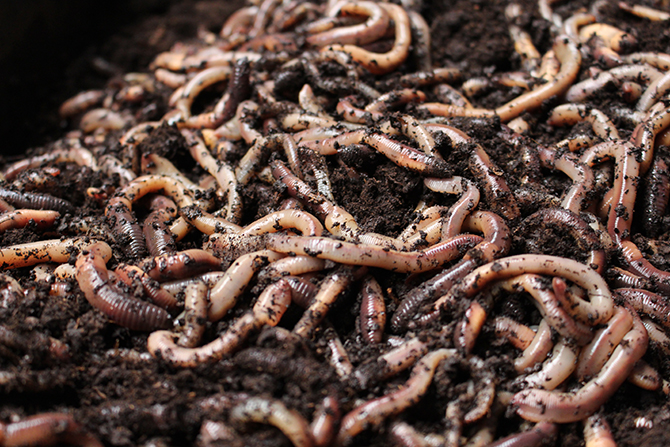

Once the AGV has loaded its containers, an igus NEMA-23 stepper motor closes a gate for safety during transport. Then the AGV takes the containers to a feeding and watering cell. A robot takes the containers one by one off the AGV and places them onto an assembly line. Then the robot works with an intelligent gripper to detect container position and grip and reposition them as needed. Shafts on igus igubal ES pillow blocks let the gripper open and close even while withstanding high radial loads. Plus the lightweight pillow blocks impart vibration damping.
On the assembly line, the containers are automatically watered and food is scattered on the soil. Then a second robot lifts the watered and fed containers off the line and onto a trolley for the AGV to collect and return to the warehouse.
When its battery needs it, the AGV automatically drives to a charging station for quick 30-minute charge.




SUPERWURM worm buckets were originally drilled with large air holes (and then glued with custom plastic sieves) by hand. But that was inefficient and costly … and self-adhesive sieves cost more than $2,800 a year. Now, the company uses an automated process to clamp 40 buckets at once. “Now it only takes 10 minutes … with a power tool moved by a drylin gantry to automatically drill the ventilation holes. The shafts of the gantry ride twin igubal KS pillow-block bearings,” said Langhoff. Plus the new design omits sieves because the power tool drills the company logo into the buckets with tiny holes.

One prototype of the drill gantry included drylin toothed-belt axes with stepper motors … but the stepper motor for the vertical axis was too weak and could not move the power tool as needed. Now, a larger motor and E4-type e-chain on the axis delivers long strokes. For more information, visit www.superwurm.de or www.igus.com.

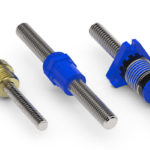
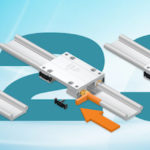
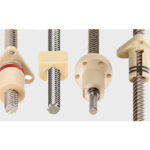
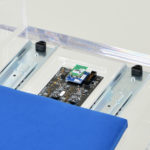
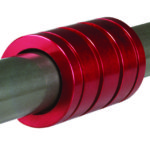

Leave a Reply
You must be logged in to post a comment.